Olympus 565 UZ - Mới 90%
Bộ sản phẩm bao gồm :
- Body
Thông tin sản phẩm :
- Mới 90%
Olympus is no stranger to ultrazooms, with three models in its current line-up: the 10 megapixel/20x zoom 565UZ and 570UZ, and the new 12 megapixel/26x zoom 590UZ. The smallest and lightest of the three, theOlympus SP-565UZ represents a minor update to its sibling, the 570UZ. Users of the latter camera won’t gain much by upgrading to the 565UZ since both cameras offer the same 10 megapixel sensor, 20x optical zoom, and an almost carbon-copy list of features.

New features include Shadow Adjustment technology and enhanced Face Detection, which can now recognize up to 16 faces. On the other hand, the camera’s smaller size reduces the LCD to 2.5 inches versus the 570’s 2.7 inch display. But the 565UZ is affordably priced for its class and doesn’t skimp on features for advanced amateurs and snapshooters who want the reach of a superzoom camera.
FEATURES OVERVIEW |
FORM, FIT, AND FEEL |
PERFORMANCE |
IMAGE QUALITY |
CONCLUSIONS |
SPECIFICATIONS |
FEATURES OVERVIEW
The 10 megapixel 565UZ’s big attraction is, of course, its 20x optical zoom lens, with a 35mm-equivalent focal range of 26-520mm. Sensor shift image-stabilization is available-a must-have for a lens with that much telephoto reach.
With a total of 33 shooting modes, including full manual and auto/program exposure modes, the 565UZ is versatile enough to please a wide range of photographers. Here’s a look at some of the camera’s shooting modes and special features:
Program, Priority, and Manual Modes:
- Program AE: The camera sets the shutter speed and aperture but the user has the option to set a full range of camera settings.
- Shutter Priority (Tv): Shutter speed is set by the user; aperture set by the camera
- Aperture Priority (Av): Aperture is set by the user; shutter speed set by the camera.
- Manual: Both shutter speed and aperture are set by the user
Automatic and Scene Modes:
- Auto: All but a few settings are selected by the camera.
- Scene Modes: The camera chooses settings according to one of the 25 scene options selected by the user, including standards such as Portrait, Landscape, Sports, as well as specialties such as Cuisine and the new Bird Watching. Depending on the scene selected, the user may be able to set other parameters.
Other Features
New to the 565UZ is Shadow Adjustment Technology, which helps maintain shadow details and is especially useful for backlit and other high contrast situations. Face Detection can now recognize up to 16 faces, for better focus and exposure for people pictures. The camera also offers Smile Shot-a function that captures three images when the subject smiles, increasing the odds that in at least one of those shots, you’ll get a full-on smile.
Other features that are especially useful to less experienced photographers are the on-board user guide and the Perfect Shot Preview. The former provides advice about common photo issues and actually guides the user to the proper settings for the shooting situation. The Perfect Shot Preview calls up a series of small windows on the LCD so you can see what the photo will look like with, for example, different white balance settings (or metering, exposure compensation settings, etc.). This is quite useful when faced with tricky lighting or exposure situations.
Multiple metering modes, manual flash intensity adjustment, panorama shooting (and automatic stitching with the supplied software), bracketing and interval shooting, are among this fully-equipped camera’s other notable features.
For a detailed listing of specifications and features, please refer to the specifications table found at the bottom of the review.
Styling and Build Quality
Like many megazooms on the market, the 565UZ resembles a digital SLR in design.

And although the 565UZ is the smallest and lightest of Olympus’s ultrazoom cameras – and one of the smallest and lightest on the market – you won’t be able to fit the camera in your pocket. The camera measures 4.6 x 3.3 x 3.2 inches and weighs 13.2 ounces without batteries and media card.
Ergonomics and Interface
The camera feels solidly built and has a relatively low-profile but comfortable grip. There’s not much room on the left hand side to hold the camera but, as with most cameras, the best technique is to balance the lens with your left hand.

External controls are within easy reach and are of sufficient size for photographers with larger hands to operate easily. An angled shutter button/zoom lever and mode dial are positioned along the top of the camera, with most of the remaining controls arranged on the camera’s rear real estate.

On the back of the camera you’ll find an LCD/EVF (electronic viewfinder) switch, AE Lock, Menu Review, Display, and Shadow Adjustment buttons. There’s also a standard four-way controller for direct access to exposure compensation and flash modes. The center Set/Function button calls up an easy-access menu to choose from continuous shooting speeds, bracketing, white balance, ISO, metering mode, file size, and compression options.

Display/Viewfinder
One of the compromises Olympus made in order to shave some millimeters and ounces from the 565UZ was shrinking the LCD. Like the 570UZ, it’s still high resolution at 230,000 pixels and works well under most lighting conditions, but the monitor is now 2.5 inches rather than 2.7 inches. That’s not a huge loss but enough of a difference to be noticeable. Still, the camera’s smaller and lighter body may well be worth the trade-off when you’re carrying the camera around your neck for a full day of shooting.

Like all megazoom cameras, the 565UZ is equipped with an electronic viewfinder, which is useful when the ambient light overwhelms the LCD (this rarely happened, though). More importantly, holding the camera to your eye using the EVF provides an additional method of steadying the camera when shooting at telephoto.
The EVF is small, but usable. And, fortunately for those of us who wear glasses, has a dioptric adjustment.
Timings and Shutter Lag
Overall, the 565UZ delivered pretty good performance with minimal shutter lag and relatively speedy autofocus. AF did, however, slow down when the lens was extended to full telephoto, as the lens did a hunt-and-search for a focus target.
Shutter Lag (press-to-capture, pre-focused)
| Camera | Time (seconds) |
| Casio Exilim FH20 | 0.02 |
| Olympus SP-565 UZ | 0.03 |
| Fujifilm FinePix S100FS | 0.04 |
| Canon PowerShot SX10 IS | 0.05 |
| Panasonic Lumix DMC-FZ28 | 0.08 |
AF Acquisition (press-to-capture, no pre-focus)
| Camera | Time (seconds) |
| Fujifilm FinePix S100FS | 0.31 |
| Canon PowerShot SX10 IS | 0.56 |
| Casio Exilim FH20 | 0.59 |
| Olympus SP-565 UZ | 0.62 |
| Panasonic Lumix DMC-FZ28 | 1.25* |
* Note: The Panasonic Lumix DMC-FZ28 was measured at 1.25 seconds in its default multi-area AF mode, but was able to achieve a very fast 0.16 seconds in this test in its single-area high speed mode.
Continuous Shooting
| Camera | Frames* | Framerate* |
| Casio Exilim FH20 | 40 | 30 fps† |
| Panasonic Lumix DMC-FZ28 | 3 | 3.5 fps |
|
SẢN PHẨM CÙNG LOẠI
Hiển thị từ 1 đến 16 / 16 :
CHĂM SÓC KHÁCH HÀNG
VỀ LGK CAMERA
THỜI GIAN LÀM VIỆC
Thứ 2 - thứ 7 : 9h - 18h
Chủ nhật : Nghỉ. Tel : (028) 22.135.752 - 038 9999 808 Hotline : 038 9999 808
|



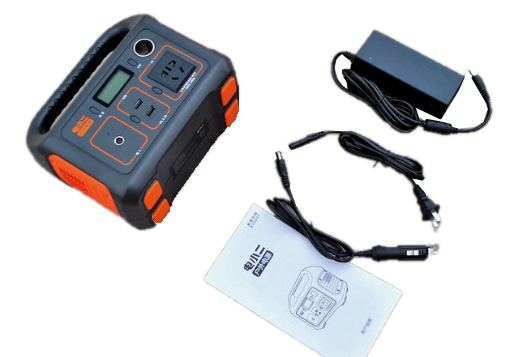









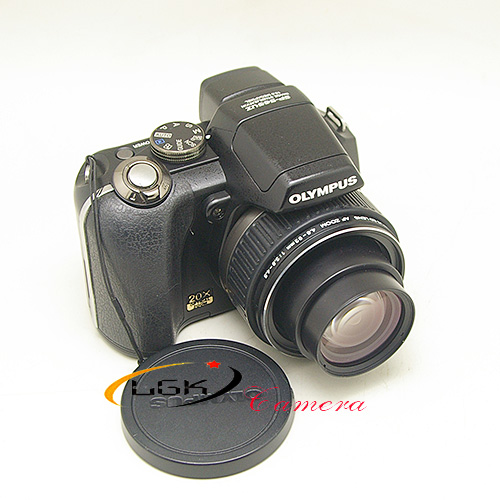
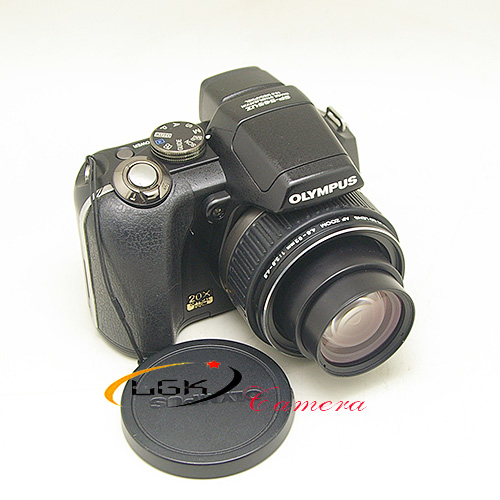
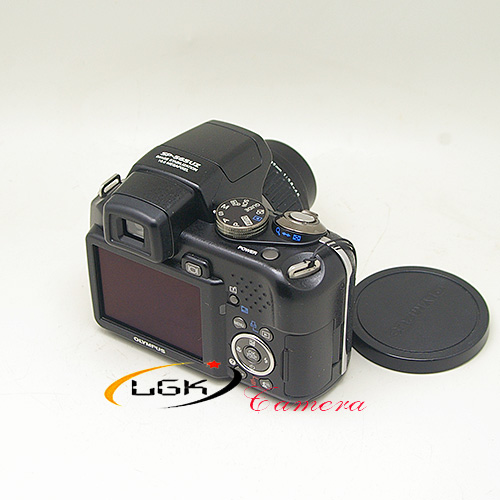
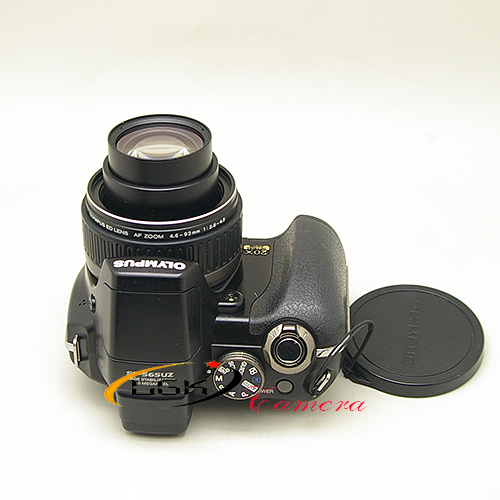

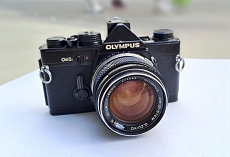

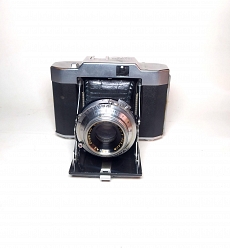
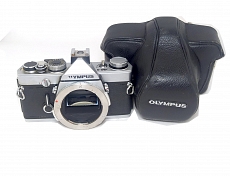
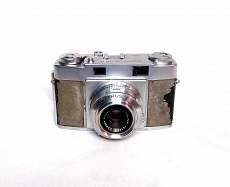
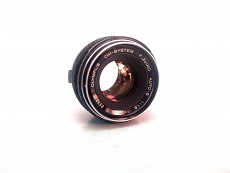
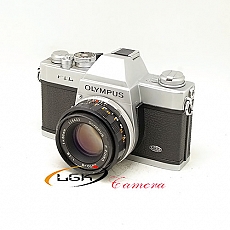


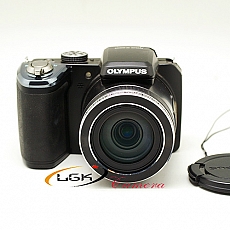
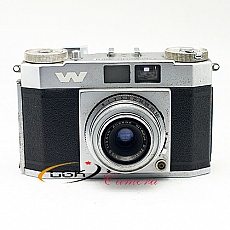
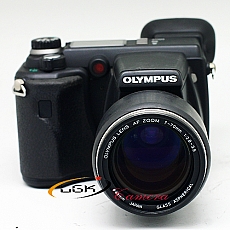
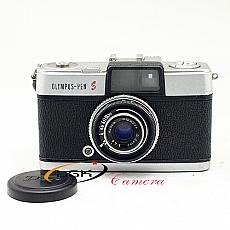
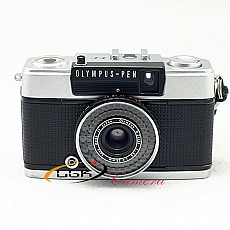
_2.jpg)